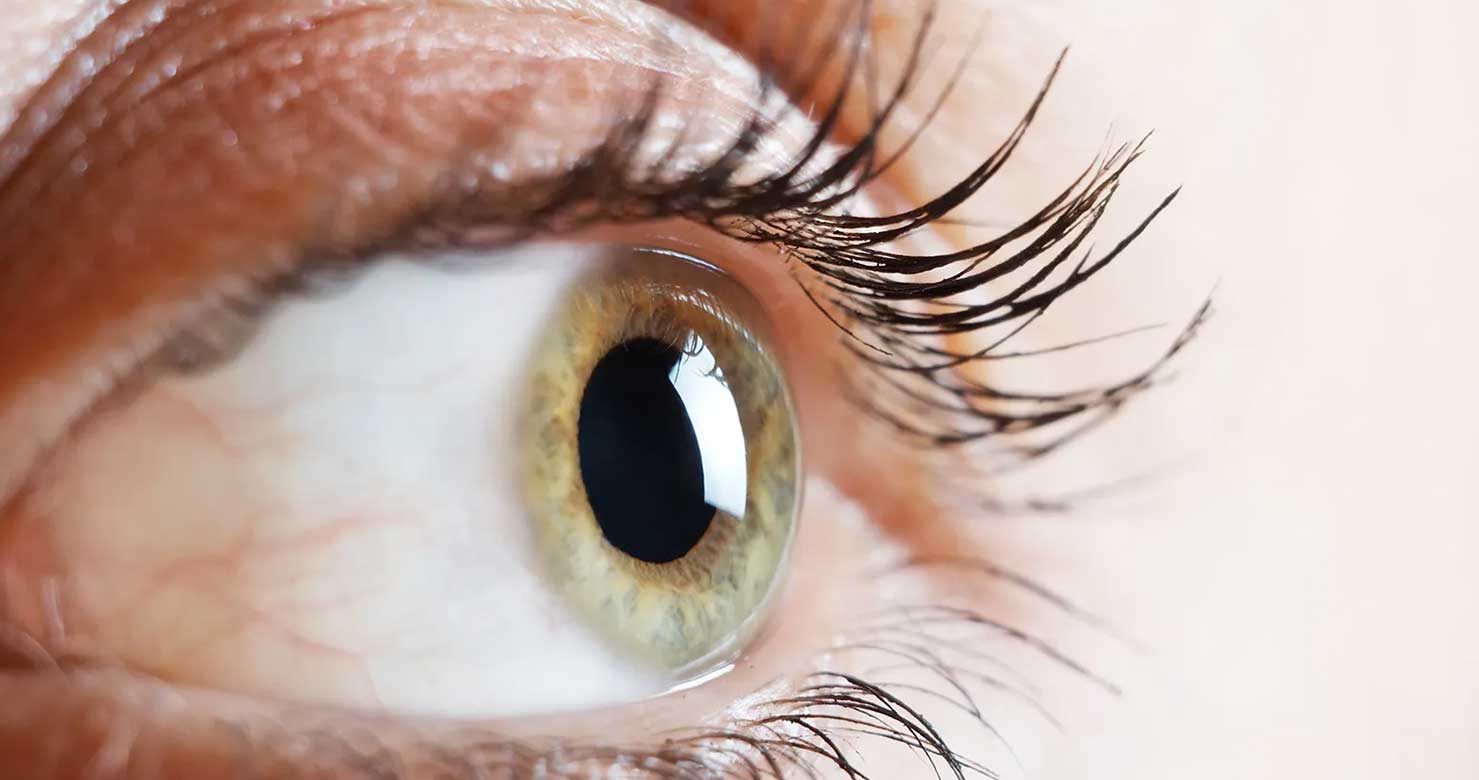
What is Online Therapy?
The online therapy method is a form of therapy used when the therapist and client do not have the opportunity to meet face to face. Online therapy, which is carried out in the form of video calls on the Internet, has been preferred for many years. The online therapy method, which started with the forum named “Dear Uncle Ezra”, which was established at Cornell University in 1986, is now carried out through different channels via the Internet. In the Dear Uncle Ezra forum, which is considered the first example of online therapy, people could get answers by writing their problems and questions on the forum. Thanks to the internet technology, which carries the traditional therapy method to another point, online therapies have become much more accessible by combining with video calls.
What is EMDR?
Eye Movement Desensitization and Reprocessing technique, abbreviated as EMDR, means “eye movement desensitization and reprocessing” in Turkish. Discovered by the famous psychologist Francine Shapiro in 1987, the EMDR method is a kind of psychotherapy technique. EMDR psychotherapy method, which is frequently preferred recently, is used in the treatment of various psychological problems. Successful results have been achieved in the recovery of psychological problems with EMDR, which is safely applied to all age groups.
Dual stimuli such as rapid eye movements or buzzing beats are two important components of EMDR. It is an essential component in the processing and reprocessing of memories. The main goal in this form of therapy is to relieve the individual’s emotional distress caused by traumatic events that have not been fully processed. It is used in the solution of mental problems such as depression, anxiety and panic disorder, especially post-traumatic stress disorders.
How is Online EMDR Therapy Applied?
As with many therapy methods, the EMDR technique is also suitable to be performed online. Consisting of one session lasting between 60 and 90 minutes on average, EMDR is an eight-stage treatment in total. Here are the stages of online EMDR therapy:
Client History
In the first session of EMDR therapy, your therapist gathers the necessary information by getting to the bottom of your past memories and current problems. At this stage, your therapist focuses on important memories and events for EMDR processing.
Preparation Phase
In the preparation phase, it is aimed to develop the relationship between the therapist and the client in order to determine treatment expectations. For this reason, the client is informed during the preparation phase and a safe area is created. At this stage, the client realizes that he has the necessary strategies to deal with emotional distress, thanks to the methods he learned from his therapist.
Evaluation
In the evaluation phase, the client is asked to visualize an image related to the targeted moment. During this process, the client is provided to reveal negative reactions and beliefs about the memory. At the other stage, it is aimed to ask for a positive belief instead of negative emotions.
Desensitization
In the desensitization part, negative associations with memory are changed and this process is realized through bilateral stimulation. The desensitization phase, which includes auditory and visual simulation, is one of the most important steps of EMDR therapy. With this stage, both hemispheres of the brain are activated, increasing the processing speed and a soothing effect is observed.
Setup
In the setup phase, the client begins to replace negative thoughts with positive thoughts with the help of the therapist. This section focuses on clearing all of the responses to the related trauma in the memory. For example, if the client’s targeted memory is a car accident, the feeling of helplessness is reduced during the desensitization phase.
Body Scan
In the scanning part, an evaluation is made in terms of the changes that occur in the body while the client is thinking about positive and negative events. Considering that traumatic memories are stored as sensations in the body, it can be said that the body scanning phase is very important. As a result of this evaluation, if there is any tension or problem in the body, it is targeted again by the therapist.
End of Session
At the end of the session, the therapist applies self-control techniques to the client to end the session. At this stage, the client is asked to write down all the thoughts and feelings that have arisen during the week. Then, he is expected to apply what he learned during the session to calm himself in order to process the negative thoughts that may come to light.
Reassessment
Re-evaluation focuses on other targets that cause the disturbing emotion in the selected memory. With this stage, the client has the competence to evaluate the progress made and to deal with the relevant events causing distress.
Address of the Best EMDR Devices: emdrtech
It is extremely important for the specialist and the client to have a comfortable process in EMDR therapies. Emdrtech, which cares for both parties to have a productive session, continues to take its place in the sector with its new product options. EMDR assistant devices have been produced in our country under the emdrtech brand since 2019, and new solutions and sets are added to the product family every day.
While MAT and DAT sets provide sound-vibration stimulation, the upper segment EMDR device ATV has a triple stimulation function as visual, sound and vibration. You can find all kinds of information about emdrtech devices, developed with the joint venture of engineers and EMDR therapists who are experts in their fields, on our product introduction pages.


